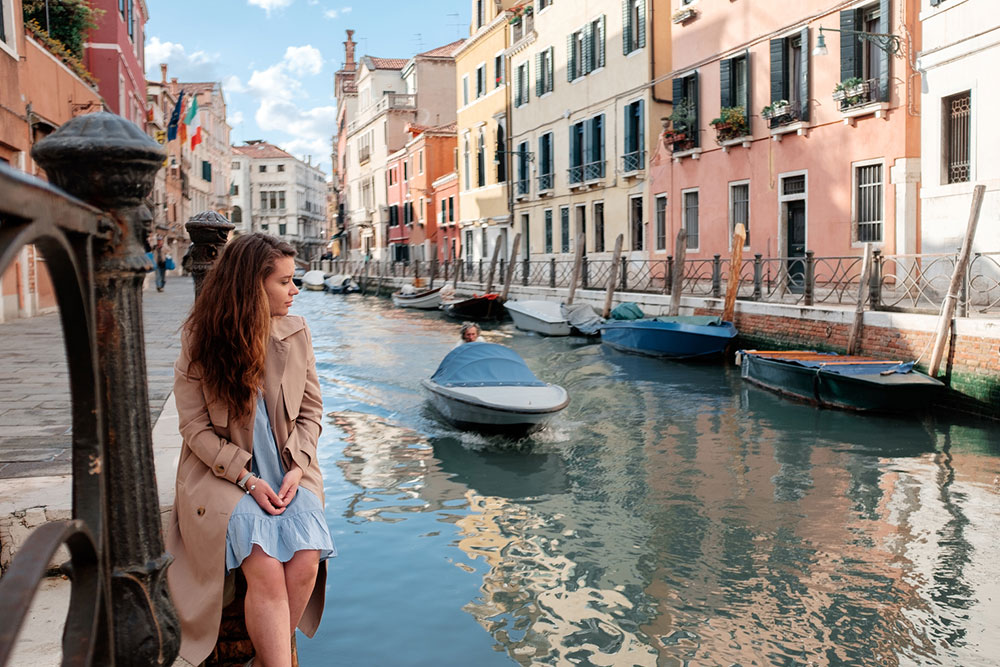
8 most popular tourist destinations in Italy
Italy has earned its spot as one of the most popular tourist destinations. Rich in culture, history, art, and tradition and famous for its spectacular cuisine, the country has much to offer tourists. From rolling green hills in Tuscany to busy piazzas in Rome to gorgeous beaches in Amalfi to opulent living quarters in Lake Como, the country has something for every type of traveler, and here are must-visit options.
Amalfi Coast
With steep cliffs overlooking clear blue waters, the Amalfi Coast should be on every traveler’s list of must-see places in Italy. A rugged coastline, colorful villages, picturesque towns, winding alleys, hidden coves, sunny beaches, hikes along ancient footpaths, and fresh seafood are all hallmarks of vacationing in Amalfi.
Pompeii
One of the most famous archaeological discoveries, Pompeii, a city frozen in time by the eruption of Mount Vesuvius, gives visitors an insight into life in Italy in 79 AD. Ruins of homes, the amphitheater, forum, and thermal baths with intricate mosaics and frescoes will be one for the travel journals if one makes sure to visit when on vacation in Italy.
Tuscany
If an Italian experience is on the cards, one cannot and must not turn down a visit to Tuscany to enjoy Tuscan cuisine and admire Renaissance art. Located in central Italy, it is renowned for its rolling hills and vineyards and is rich with medieval hilltop towns like Siena, San Gimignano, and Volterra. Here, its main draw is the ancient churches, Renaissance palaces, fortified towers, and Pisa.
Rome
When in Rome, well, visit the Colosseum, Vatican City, and the Trevi Fountain. Rich in history, art, culture, and food, the city’s beauty and grandeur cannot be overstated. Be ready to experience bustling markets, Renaissance palazzos, alfresco dining, and lively street performers, and take a walk on its trademark cobblestone streets.
Venice
The city of water, masks, bridges, and, most famously, the city of canals, Venice has captured the interest of travelers with its timeless charm and architectural dominance. Gliding along the Grand Canal on a gondola is one of the most popular things to enjoy here, apart from visiting St. Mark’s Basilica and the Rialto Market.
Pisa
If visiting Tuscany, the city of Pisa has to be on the must-visit list. The marvel of medieval engineering, the Leaning Tower of Pisa, is not the only thing worth seeing in the city. The Cathedral and Baptistery in the Campo dei Miracoli and the Field of Miracles, a UNESCO World Heritage Site, are equally gorgeous and deserve some time when sightseeing.
Lake Como
This glacial lake, now a celebrity destination wedding hotspot, is nestled in the foothills of the Alps in northern Italy. Gorgeous scenery, elegant villas, lakeside towns, picturesque villages, colorful gardens, historic churches, and cobblestone streets are the main draws of this place.
Verona
Forever etched in human memory as the location of Shakespeare’s Romeo and Juliet, Verona, in northern Italy, is renowned for its romantic charm and artistic heritage. One can visit Juliet’s House, where a bronze statue of the star-crossed lovers stands beneath a balcony, or explore the ancient Roman amphitheater, where opera performances and concerts are held amid the ruins.







